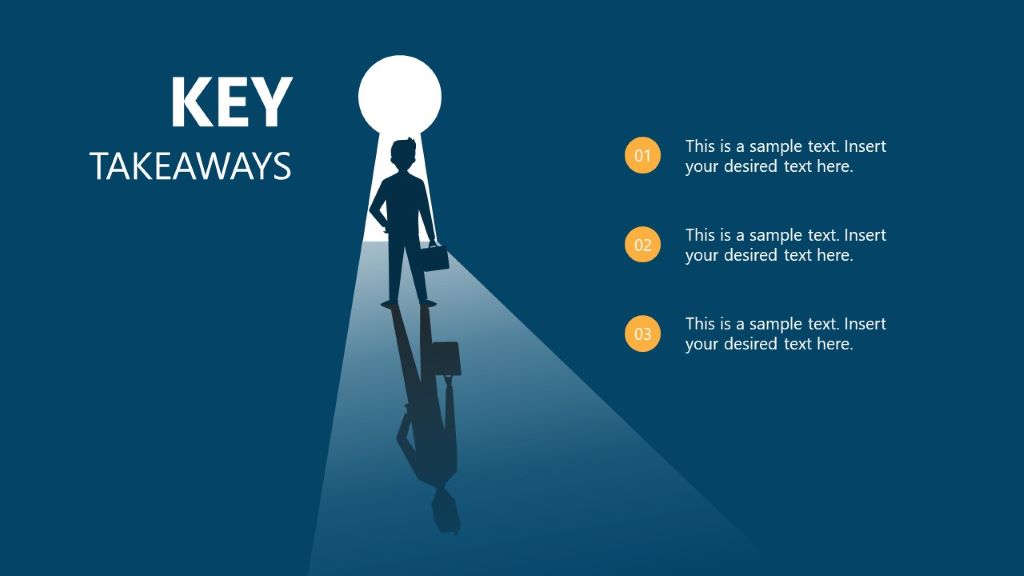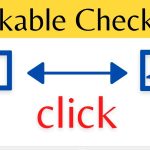Creating web pages that rank highly in search engines and attract visitors requires both art and science. The art comes in crafting compelling content that engages readers. The science lies in understanding how search engines like Google determine relevance and authority. Optimizing content for findability brings search engine optimization (SEO) considerations into play. But SEO should not detract from the user experience. The goal is to produce content that serves readers first while also employing best practices for on-page optimization. With some thoughtful planning and strategic implementation, you can publish web pages optimized for high visibility. We’ll explore proven techniques for content structure and on-page SEO.

Laying the Groundwork with Keyword Research
Before drafting any content, conduct thorough keyword research to identify terms and phrases that correspond with your goals. The keywords you target should match the customer journey stage you want to address.
For example, early-stage keywords may focus on awareness and education. These tend to be broader and less competitive. Keywords in the middle to late customer journey usually relate to consideration, evaluation, and conversion. They are more specific with higher search volume.
Tools like Google Keyword Planner, SEMrush, and Ahrefs can uncover keyword ideas. Keyword research provides the foundation for topics, headlines, meta descriptions, and body content.
Crafting Compelling Headlines
Your headlines introduce the content and draw readers in. Well-written headlines pique interest with the promise of addressing intent. They establish relevance by incorporating keywords in a natural, engaging way.
There are several proven headline formulas to consider:
- How-to: Provide specific instructions for accomplishing a goal. Example: “How to Choose the Best SEO Agency”
- Question: Pose a compelling question the content will answer. Example: “What is the Best Approach for Keyword Research?”
- List-based: Highlight the number of tips, reasons, steps, etc. Example: “10 Must-Have Skills for a Successful SEO Analyst”
- Benefit-focused: Emphasize the desired end result. Example: “Choose the Right Keywords to Increase Organic Traffic”
- Curiosity gap: Hint at fascinating info without giving it away. Example: “The Surprising Impact of URL Structure on Rankings”
Write headlines optimized for search by incorporating target keywords naturally. Avoid awkwardly shoehorning in keywords or using repetitive phrasing.
Crafting Compelling Introductions
Your introductory paragraph sets the stage for what’s to come. Offer an overview of the content while establishing relevance to the reader. Introductions should:
- Establish the context and rationale for the content
- Highlight the core focus area and position it as timely or urgent
- Provide a brief preview of key points or structure
- Use keywords responsibly by working them organically
For example, an introduction could briefly explain why the topic is critical for success, share new industry research, reference recent events that make it timely or touch on common pain points. This primes the reader to eagerly continue absorbing the useful insights this content will provide.
Structuring the Body Content
The body content presents information in a logical, easy-to-follow sequence. Use heading tags (H2, H3, etc.) to chunk content into smaller sections. Breaking up lengthy copies into consumable blocks improves readability.
When structuring content, consider these storytelling elements:
Problem
Are you struggling to capture the attention of your readers? One of the best ways to attract them is by addressing a pain point, challenge, or desire that they have. By doing so, you set yourself up to offer a valuable solution through your content.
Solution
To provide value to the reader, it is important to offer guidance, recommendations, or key information that can help them overcome a problem or fulfill a desire. By doing so, the reader is more likely to find the assistance they need and feel satisfied with the provided information.
Example or Demonstration
Demonstrating the practicality of a solution with real-life examples can make abstract concepts more relatable and memorable. By providing concrete instances, individuals can better understand how the solution can be applied in their daily lives.
Call to Action
Based on the solutions and information presented, it is important to prompt the reader to take the next step. This will convert their interest into action, which is critical to achieving the desired outcome. By providing clear and concise guidance on what the reader should do next, they will be more likely to take action and move forward towards their goals. Therefore, it is essential to communicate the next steps in a way that is easy to understand and follow, so that the reader can take action with confidence and achieve the desired results.
Using this framework provides a natural flow: You hook them by defining the problem. You help them by sharing solutions. You show them how it works using examples. Then you guide them to take action based on what they learned.

Employing Effective SEO Tactics
Now let’s explore some on-page SEO best practices to employ through your content:
Include Target Keywords Naturally
Keywords should align with the topic and appear organically within page copy. Avoid awkward overuse just to hit a keyword density target. High-quality content presented in a contextual, engaging manner will rank well.
Optimize Page Titles
When it comes to page titles, it’s important to keep them under 60 characters as they appear in search results. It’s also recommended to place the keywords towards the beginning of the title and format it in a way that includes the topic, brand, and keywords. An example of a good format is “Keyword – Topic | Brand”.
Write Meta Descriptions that Compliment Titles
Meta descriptions play a crucial role in search engine results as they provide a summary of the page content. It is recommended to use relevant keywords in a natural manner, highlight the value of the content, and make it compelling enough for users to click. It is important to keep the meta description within the limit of 155 characters.
Leverage Headings Properly
Headings play a crucial role in improving the readability and scannability of text. They help in emphasizing important keywords and highlight key sections. However, it’s important to use them wisely and not just scale down from H1 to H6 without any consideration.
Include Alt Text for Images
Make your website more accessible and user-friendly by using short, keyword-rich alt text to describe important images that enhance your content. Avoid overuse and only include alt text on images that truly matter. With this simple step, you can ensure that all of your audience – including those with visual impairments – can fully engage with your website.
Provide Transcripts for Multimedia
If your page has video or audio content, provide transcripts. Search engines can’t decipher multimedia. Transcripts expose the content.
Optimize with Outbound Linking
When creating content, it’s important to include outbound links to authority sites that are relevant to your topic and keywords. This helps establish relevance and credibility. However, it’s important not to over-optimize the anchor text by using the same keywords repeatedly. It’s recommended to vary the keywords used to create a more natural and organic linking profile.
Craft Unique, Engaging Content
Striking a balance between optimization and user experience is key. Focus first on creating amazing content. Then work in SEO through an organic process. Unique value attracts links, shares, engagement and higher rankings.

Concluding with Key Takeaways
In closing, here are some key tips to remember:
- Conduct keyword research to identify terms that match target customer intent
- Craft compelling headlines optimized for search that draw readers in
- Create strong intro paragraphs that establish relevance and provide an overview
- Structure body content using headings, problem/solution flow, examples, and calls-to-action
- Employ SEO tactics like meta data, alt text, headings, and outbound linking
- Focus first on providing amazing value through engaging content
The interplay between great content and smart optimization is what produces pages that rank well and convert readers. Use these insights to make your web pages shine brightly in search results!
Frequently Asked Questions
What’s more important for SEO – content or technical factors?
Unique, engaging content written to provide value for readers is more important than technical SEO elements alone. Search engines want to surface pages that satisfy user intent. Compelling content earns links, social shares, engaged time on site and other signals of quality.
How can I optimize content without overusing keywords?
Avoid awkwardly stuffing in keywords. Use them selectively in headings, introductions, meta descriptions and a few times in body copy. Focus first on providing value through great content written for humans. Then incorporate keywords naturally at strategic points. Moderation is key.
What’s a good keyword density percentage to target?
There is no universally ideal keyword density. Different sites, topics and words call for different targets. As a general rule of thumb aim for keyword usage of 1-3% of total words on non-branded keywords. But write first for users rather than keywords.
How can I get link-worthy content?
Create truly unique, surprising or fascinating content. Present information in an exceptionally thorough, well-researched manner. Build resources based on enthusiasm for a topic. Promote content the right way after publication. Earning genuine links stems from value.
Should I use H1 and H2 tags for SEO?
Headings help structure content and emphasize keywords appropriately. Use H1 and H2 tags where they make sense for the content structure and readability – don’t force them. Have a single H1 heading with multiple H2 and lower subheads as needed.
Conclusion
Crafting web content optimized for high visibility requires marrying engaging copy with smart SEO tactics. Conduct keyword research, employ proven headline formulas, create compelling introductions and structure content using copywriting best practices. Tactfully incorporate keywords and technical elements without compromising quality. Unlocking the four important benefits of SEO for small businesses begins with a strategic focus on providing true value to site visitors; as pages that rank well prioritize a great user experience, signaling value to search engines and setting the stage for improved search visibility and engagement.







